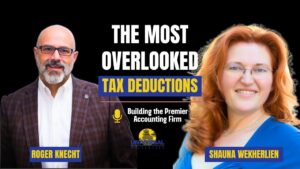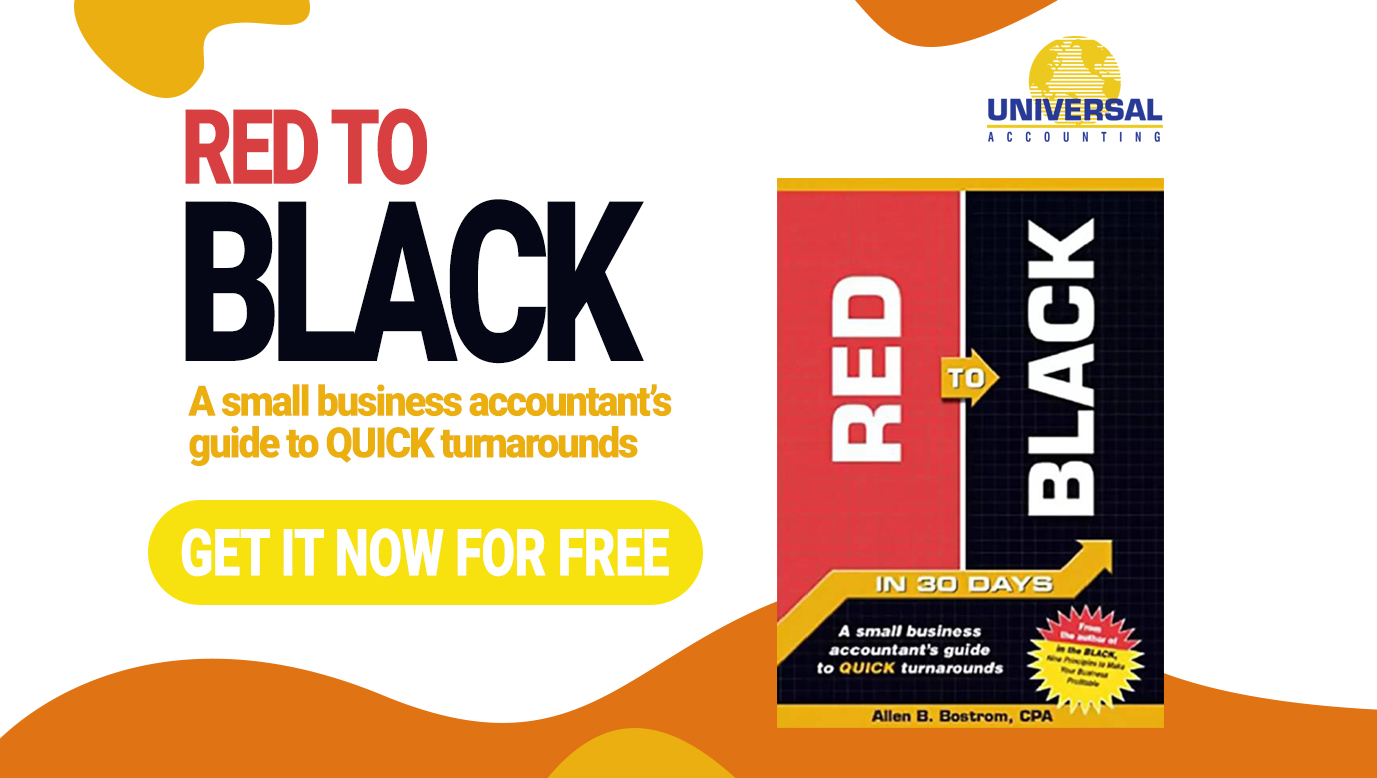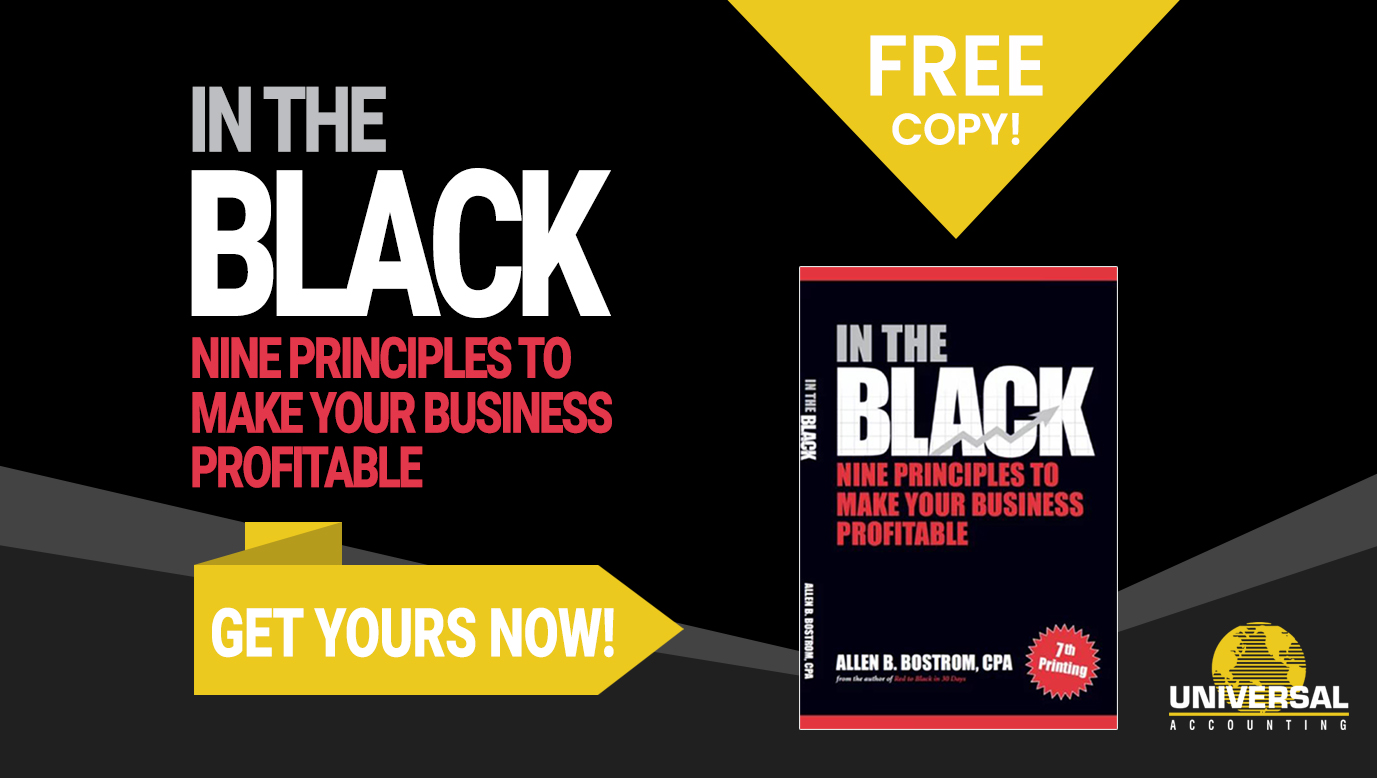High-income owners are often stuck between a rising tax bill and the need to supercharge retirement savings. In this episode of Building the Premier Accounting Firm, host Roger Knecht sits down with retirement plan specialist David Podell to unpack how Cash Balance and Defined Benefit (DB) plans can deliver substantial, recurring tax deductions—while staying compliant and employee? friendly.
Why Consider a Cash Balance / Defined Benefit Plan?
Unlike a traditional 401(k), Cash Balance/DB plans use actuarial math to target a future benefit and back into today’s contribution needs. For profitable firms, that structure frequently supports significantly higher deductible contributions than a defined contribution plan alone—accelerating retirement funding and cutting current taxes. When paired with a 401(k)/profit sharing plan and designed correctly, these strategies keep testing clean while tilting more value to the owner(s).
Meet the Guest: David Podell
 David Podell specializes in DB plan design, actuarial funding, and compliance. In conversation with Roger, he lays out how the right plan design, coordinated with W-2 compensation and 401(k)/profit sharing, can create owner-favorable outcomes without violating coverage or nondiscrimination testing.
David Podell specializes in DB plan design, actuarial funding, and compliance. In conversation with Roger, he lays out how the right plan design, coordinated with W-2 compensation and 401(k)/profit sharing, can create owner-favorable outcomes without violating coverage or nondiscrimination testing.
How Cash Balance / DB Plans Work (Plain-English)
A Defined Benefit plan promises a specified benefit at retirement. The actuary translates that future promise into a current-year contribution range, which is often higher for older owners or those with shorter time horizons. That’s why DB plans can unlock larger deductions—especially when layered with an existing 401(k) + Profit Sharing plan.
Key ideas:
-
Age-weighted, actuarially determined contributions
-
Higher potential caps than 401(k)-only approaches
-
Works best when paired with a 401(k)/Profit Sharing plan
Who’s a Good Candidate?
Firms with:
-
Consistent profits and stable cash flow
-
Ability to commit to contributions over a multi-year horizon
-
Willingness to coordinate W-2 “reasonable compensation” with plan design
-
An employee census (headcount and comp) that tests cleanly
Industries that often fit: medical/dental, legal, engineering, accounting, consulting, and other professional services.
Owner-Weighted Outcomes—Compliantly
A hallmark of well-crafted designs is that a large share of total plan value can accrue to owners while providing appropriate, compliant benefits to eligible staff. That owner-enhanced outcome comes from:
-
Calibrating the DB formula and 401(k)/Profit Sharing formula together
-
Setting W-2 pay at levels that coordinate with testing
-
Using safe harbor and targeted profit sharing to satisfy coverage/nondiscrimination rules
Takeaway: the design and testing—not guesswork—determine the owner/staff allocation.
The 3-Plan Stack: Cash Balance + 401(k) + Profit Sharing
Stacking a Cash Balance plan on top of 401(k) + Profit Sharing is a proven pattern because it:
-
Layers contribution limits to expand deductible room
-
Uses the 401(k)/PS plan to help DB testing pass cleanly
-
Often maximizes total owner contributions and deductions
Close coordination among your actuary, TPA, CPA, and payroll is essential.
Funding Windows & “By Extension” Opportunities
Timing matters. Subject to rules and deadlines, DB plans can often be set up and funded by the business tax-return extension, allowing owners to capture a deduction for the prior tax year. This makes DB plans useful for both long-term and year-end/post-year-end tax planning—provided you plan early and align with your advisors.
Flexibility: Freezes, Corridors, and Multi-Year Planning
Cash flow isn’t static. Thoughtful designs provide flexibility:
-
Temporary plan freezes can pause new accruals during lean periods
-
Contribution ranges (corridors) provide year-to-year wiggle room
-
A multi-year (often 3–5 year) horizon keeps funding realistic while meeting goals
The objective is to sustain the tax strategy and retirement funding pace without overcommitting.
Employees: Coverage, Vesting & Costs (Deeper Dive)
Designing an owner-friendly plan still requires meaningful benefits for eligible staff. In practice:
-
Staff benefits are frequently delivered through the 401(k)/Profit Sharing companion plan
-
Vesting can be structured to encourage retention while remaining fair and compliant
-
The employee census (ages, pay levels, tenure, part-time/full-time mix) materially affects testing and employer cost
-
Annual data hygiene—accurate headcount, eligibility dates, and compensation—is vital for clean tests and audits
How to manage expectations with your team:
-
Explain the employer-funded nature of DB benefits and the separate 401(k) match/profit sharing
-
Publish a simple eligibility/vesting explainer so staff know what to expect
-
Revisit staff costs and formulas annually to keep testing smooth
Risk Management, Compliance & Your Advisory Team (Deeper Dive)
DB plans are highly effective when governed carefully:
-
Actuary: designs the formula, calculates the annual required (and maximum) contribution ranges, and signs valuations
-
TPA: produces plan documents, runs coverage/nondiscrimination tests, tracks eligibility/vesting, files required forms
-
CPA/Tax advisor: aligns deductions, entity strategy, and extension timing with the plan’s funding schedule
-
Payroll & HR: maintain precise W-2 compensation, eligibility dates, and job status changes
Common avoidable issues:
-
Mismatched census data (incorrect hours/pay/eligibility) ? testing failures or audit flags
-
Late funding or missed filings ? penalties and administrative headaches
-
Uncoordinated W-2 comp ? suboptimal owner outcomes or failed tests
A simple governance calendar (valuation, testing, funding, filings) combined with quarterly check-ins across actuary/TPA/CPA keeps the plan on track.
Comparisons & Misconceptions (Deeper Dive)
-
“Why not just take dividends?”
Dividends can distribute cash but don’t generate the qualified plan deduction or accelerate retirement balances the way a DB plan can. -
“Is key-man insurance the same thing?”
No. Insurance is a risk-transfer tool, not a qualified retirement vehicle. It can complement a plan but doesn’t replace deductible contributions. -
“Non-qualified deferred comp instead?”
Useful in some contexts, but carries employer balance-sheet risk and different tax timing. A DB plan is a qualified structure with established deduction rules. -
“A 401(k) is enough for us.”
Sometimes true—especially with volatile profits or demographics that don’t test well. When profit is stable and age profiles line up, adding DB can materially increase deductible space.
Implementation Roadmap (Practical & Detailed)
-
Eligibility Screen & Goals
-
Confirm profitability and cash-flow stability
-
Align owner goals (tax reduction, retirement targets, timeline)
-
-
Census & Compensation
-
Gather full employee census (DOB, DOH, hours, pay)
-
Confirm W-2 “reasonable comp” strategy with CPA/payroll
-
-
Preliminary Design & Testing
-
Actuary/TPA model DB formula + 401(k)/Profit Sharing
-
Review owner/staff allocations, employer cost, and testing results
-
-
Refine & Decide
-
Tune plan formulas, eligibility, and vesting
-
Validate funding ranges and contingency plans (freeze option)
-
-
Documents & Set-Up
-
Finalize plan documents and employee notices
-
Establish funding timeline and administration calendar
-
-
Fund & File
-
Coordinate funding windows (including potential by extension)
-
Complete required filings and valuations
-
-
Operate & Review Annually
-
Keep census data pristine
-
Re-test, re-forecast contributions, and revisit W-2 comp as needed
-
Case Pattern to Learn From (Tightly Grounded)
Professional service firms with multiple partners and mixed ages often see strong results when they:
-
Pair Cash Balance with 401(k) + Profit Sharing
-
Coordinate W-2 comp and eligibility to keep tests clean
-
Use funding-by-extension in year one (where allowed) to capture prior-year deductions
-
Plan on a multi-year horizon with corridors and a freeze option for downturns
The practical outcome is typically material, repeatable deductions and a disciplined path to retirement funding—without sacrificing compliance.
Valuation & Exit Considerations (What to Watch)
For owners contemplating a sale, confirm with your M&A and tax advisors how DB contributions will be viewed in quality-of-earnings and whether they may be treated as add-backs in certain analyses. Be proactive so the plan supports your exit narrative rather than complicating it.
Final Thought & Next Steps
As discussed by Roger Knecht and David Podell, successful DB implementations are process-driven: accurate data, thoughtful design, clear funding timelines, and a coordinated team. When those pieces are in place, Cash Balance/DB plans become a cornerstone strategy—reducing taxes today while fast-tracking tomorrow’s retirement.
Watch the full episode of Building the Premier Accounting Firm, share it with your CPA/CFO
Offers:
Book a call with Business Benefits Consultants and learn how you can save your clients money and reduce their tax liability www.businessbenefitsconsultants.com
Error Detection Software, Bookkeeping Copilot is dedicated to simplifying your bookkeeping process by providing automated assistance and insightful guidance on a daily basis. Our goal is to empower your bookkeeping, enhancing accuracy, and ensuring compliance, all while reducing the time spent on repetitive tasks.
Get a FREE copy of these books all accounting professionals should use to work on their business and become profitable. These are a must-have addition to every accountant’s library to provide quality CFO & Advisory services as a Profit & Growth Expert today:
- “Red to BLACK in 30 days – A small business accountant’s guide to QUICK turnarounds” – This is a how-to guide on how to turn around a struggling business into a more sustainable model. Each chapter focuses on a crucial aspect of the turnaround process – from cash flow management to strategies for improving revenue. This book will teach you everything you need to become a turnaround expert for small businesses.
- “in the BLACK, nine principles to make your business profitable” – Nine Principles to Make Your Business Profitable – Discover what you need to know to run the premier accounting firm and get paid what you are worth in this book, by the same author as Red to Black – CPA Allen B. Bostrom. Bostrom teaches the three major functions of business (marketing, production and accounting) as well as strategies for maximizing profitability for your clients by creating actionable plans to implement the nine principles.
- “Your Strategic Accountant” – Understand the 3 Core Accounting Services you should offer as you run your business. help your clients understand which numbers they need to know to make more informed business decisions.
- “Your Profit & Growth Expert” – Your business is an asset. You should know its value and understand how to maximize it. Beginning with the end in mind helps you work ON your business to build a company you can leave so that it can continue to exist in your absence or build wealth as you retire and enjoy the time, freedom, and life you want and deserve.
Learn what it is you can do to become an author, leveraging your expertise to market your services effectively and get the clients you deserve. This is a webinar you don’t want to miss. Learn from Mike Capuzzi what a Shook is and how you can use it to position yourself as the Premier Accounting Firm in your area. This is a must-see presentation so get ready to take some great notes.
In addition to becoming an author, see what you can do to follow the Turnkey Business plan for accounting professionals. After more than 40 years we’ve identified the best practices of successful accountants and this is a presentation we are happy to share. Check it out and see what you can do to be in business for yourself but not by yourself with Universal Accounting Center. It’s here you can become a:
Next, join a group of like-minded professionals within the accounting community. Stay up-to-date on current topics and trends and see what you can do to also give back, participating in relevant conversations as they relate to offering quality accounting services and building your bookkeeping, accounting & tax business.
- The Accounting & Bookkeeping Tips Facebook Group
- The Universal Accounting Fanpage
- Topical Newsletters:
Lastly, get your Business Score to see what you can do to work ON your business and have the Premier Accounting Firm. Join over 70,000 business owners and get your score on the 8 Factors That Drive Your Company’s Value.
For Additional FREE Resources for accounting professionals check out this collection HERE!
Be sure to join us for GrowCon, the LIVE event for accounting professionals to work ON their business. This is a conference you don’t want to miss.
Remember this, Accounting Success IS Universal.
Listen to our next episode and be sure to subscribe.
Also, let us know what you think of the podcast and please share any suggestions you may have. We look forward to your input: Podcast Feedback
For more information on how you can apply these principles to start and build your accounting, bookkeeping & tax business please visit us at www.universalaccountingschool.com or call us at 8012653777











